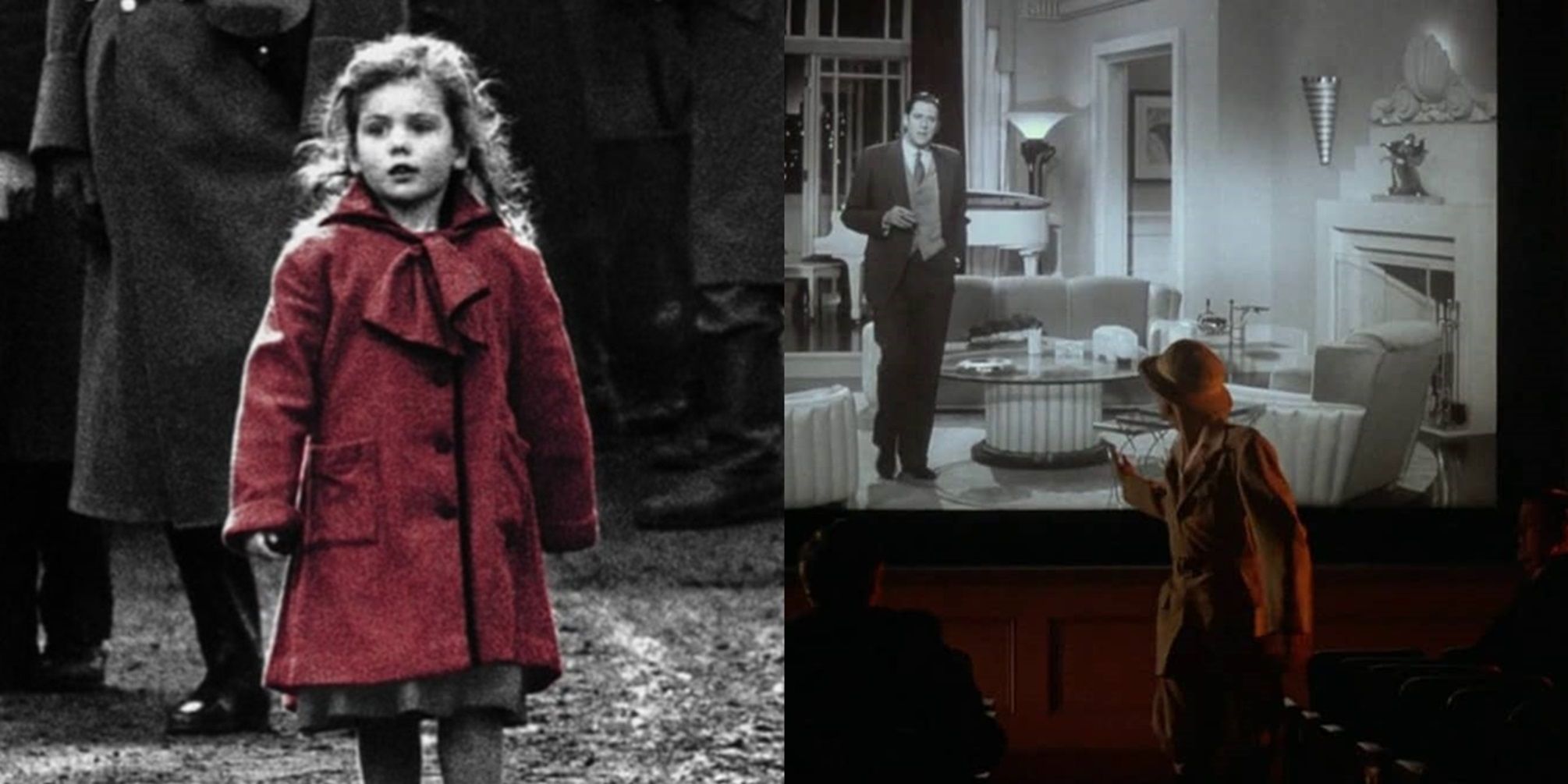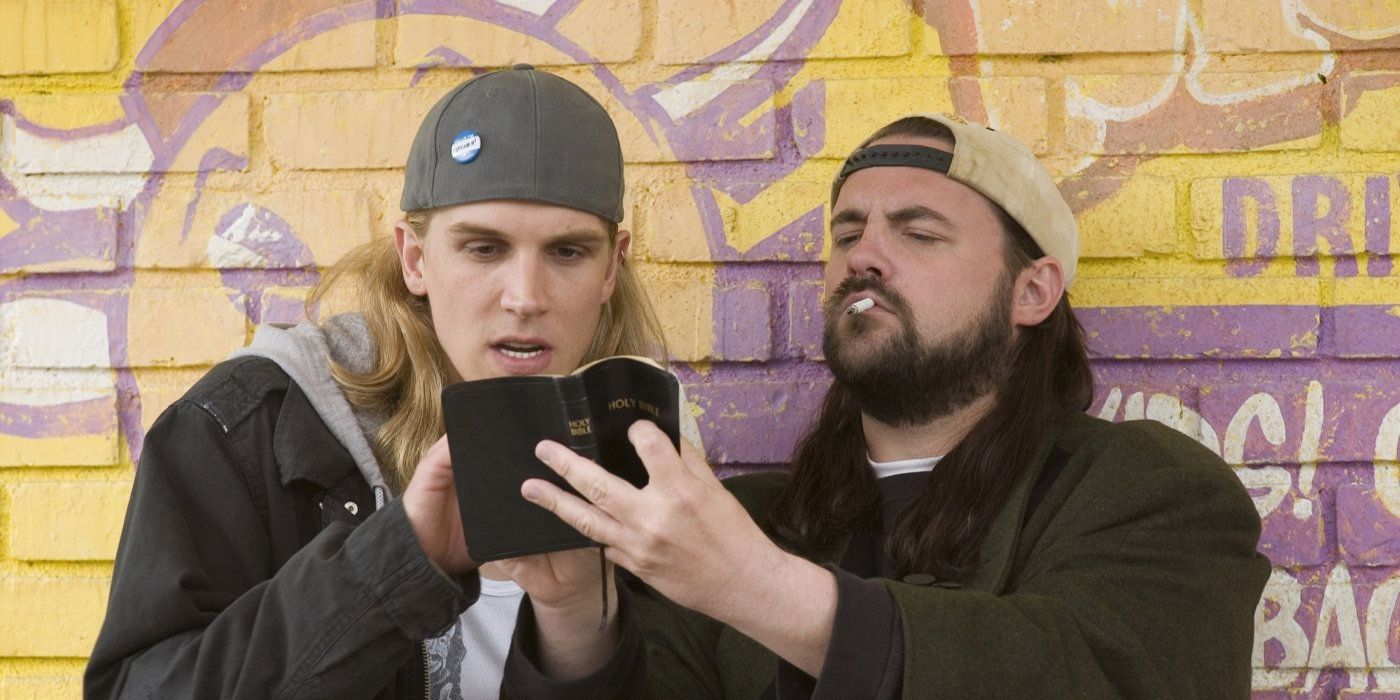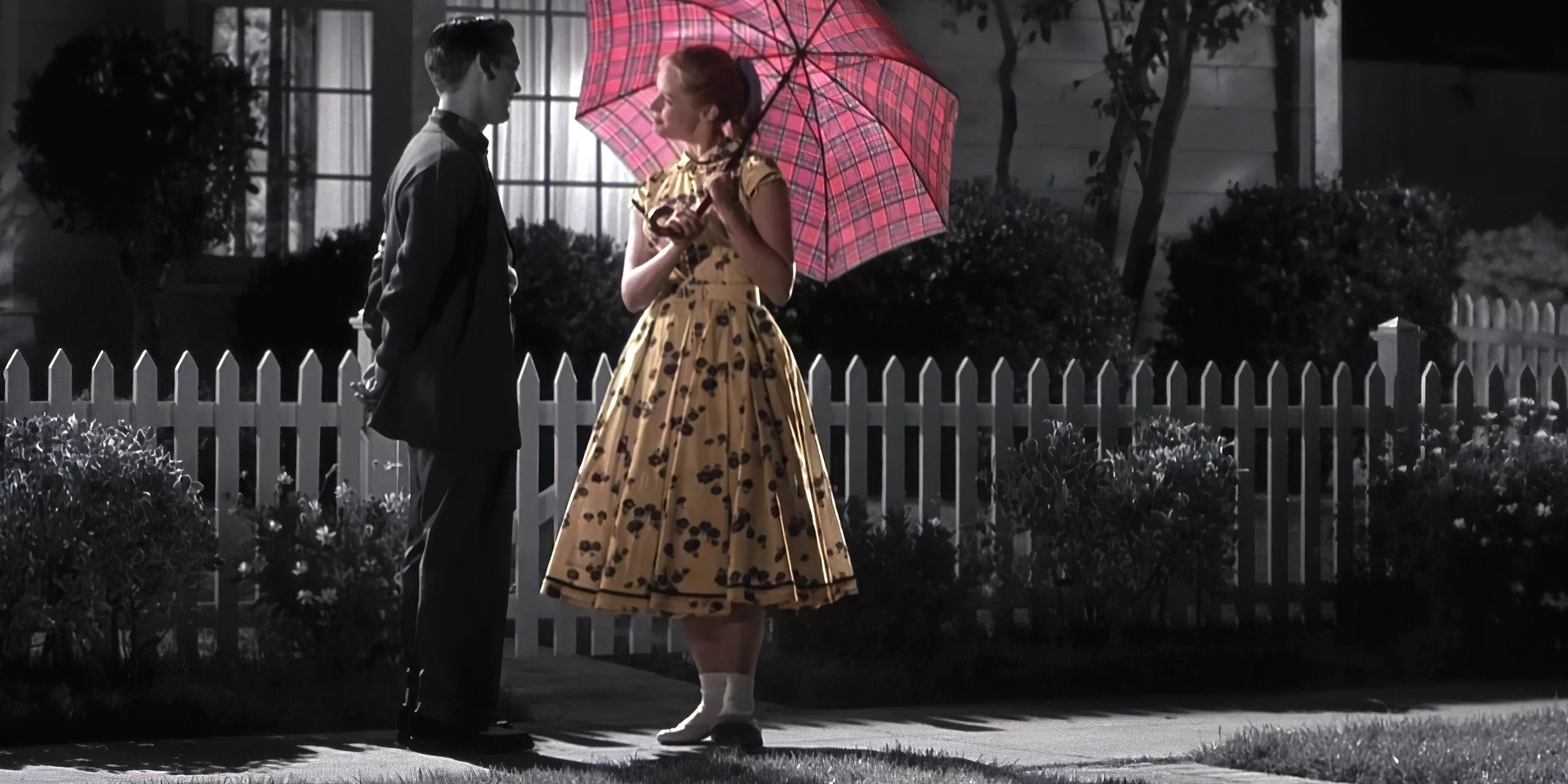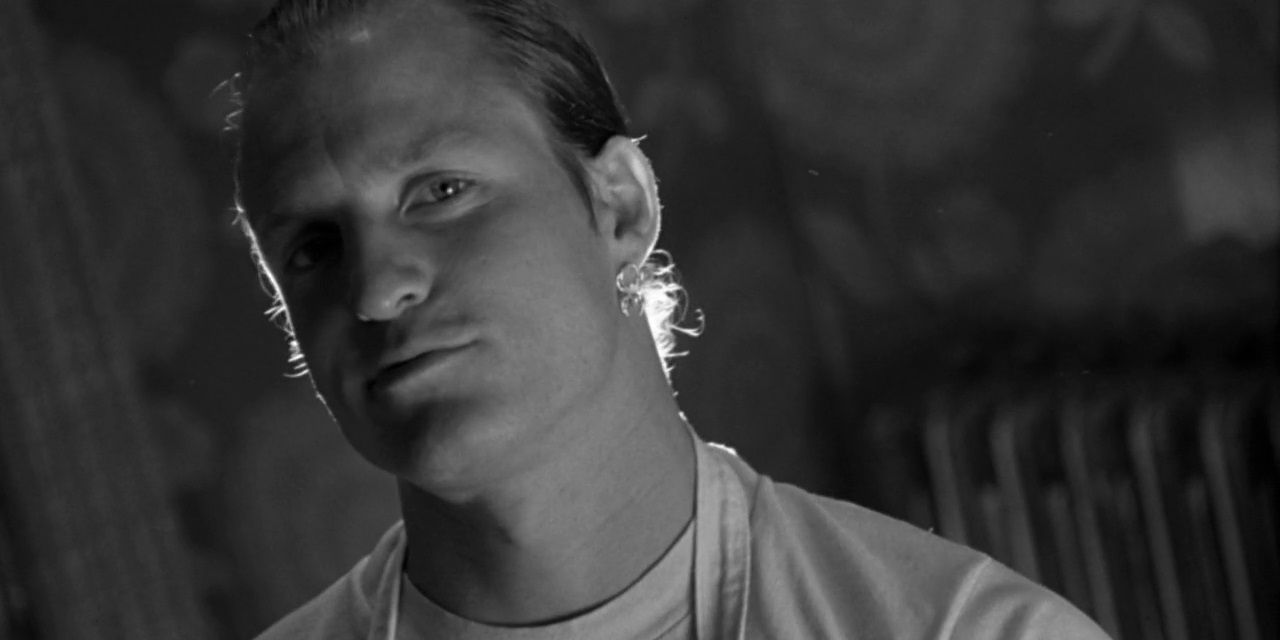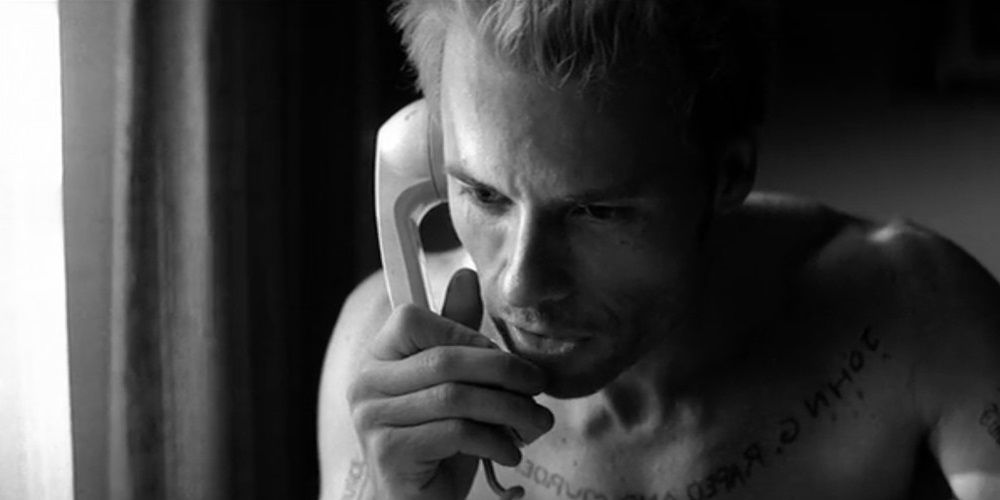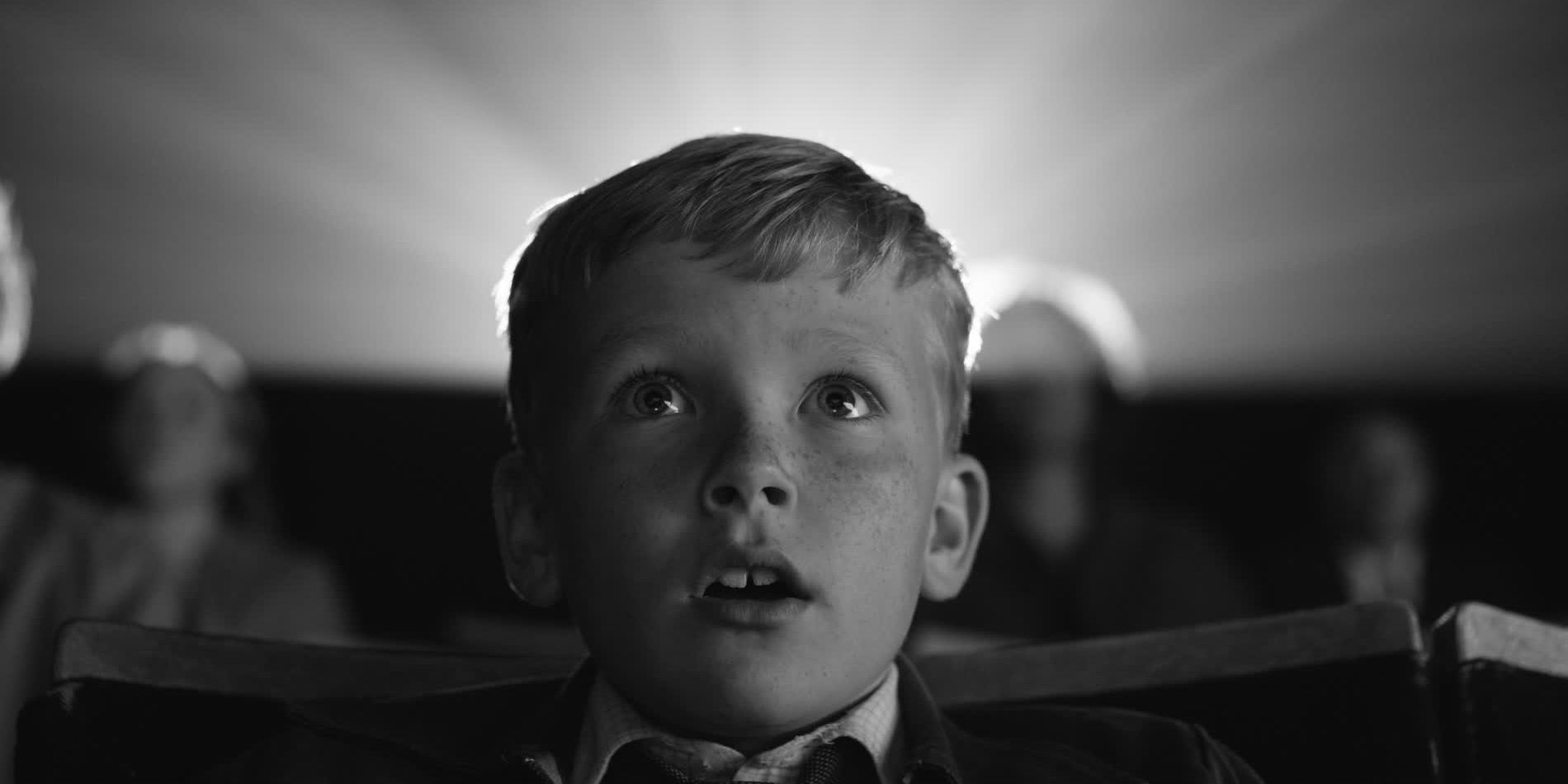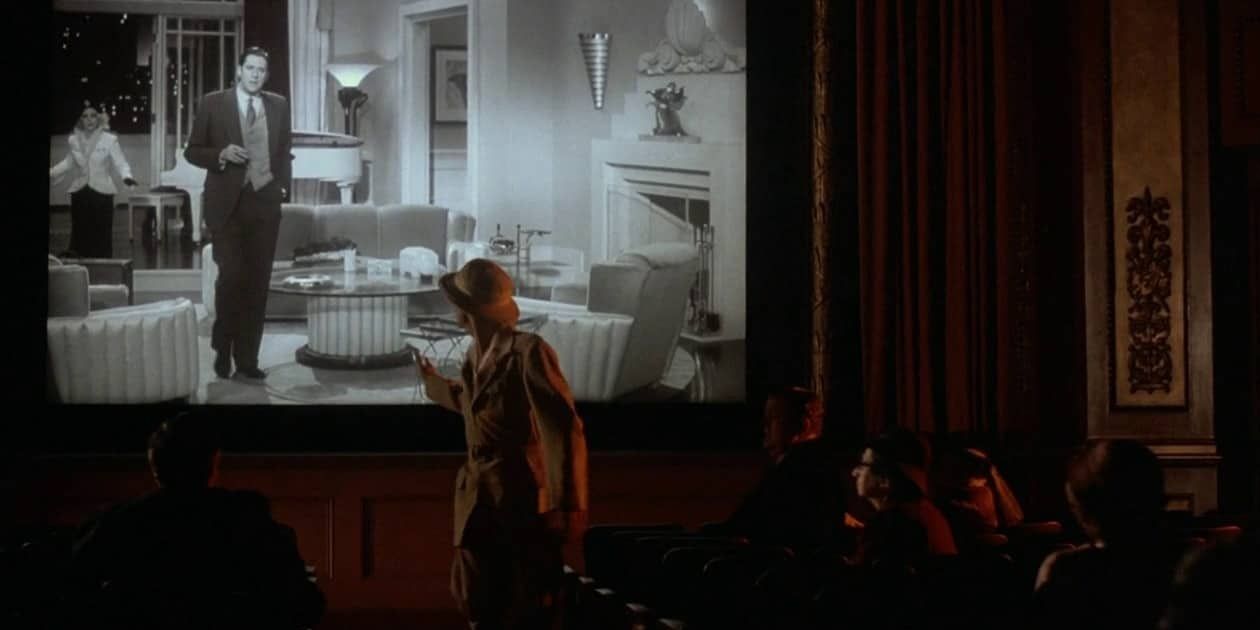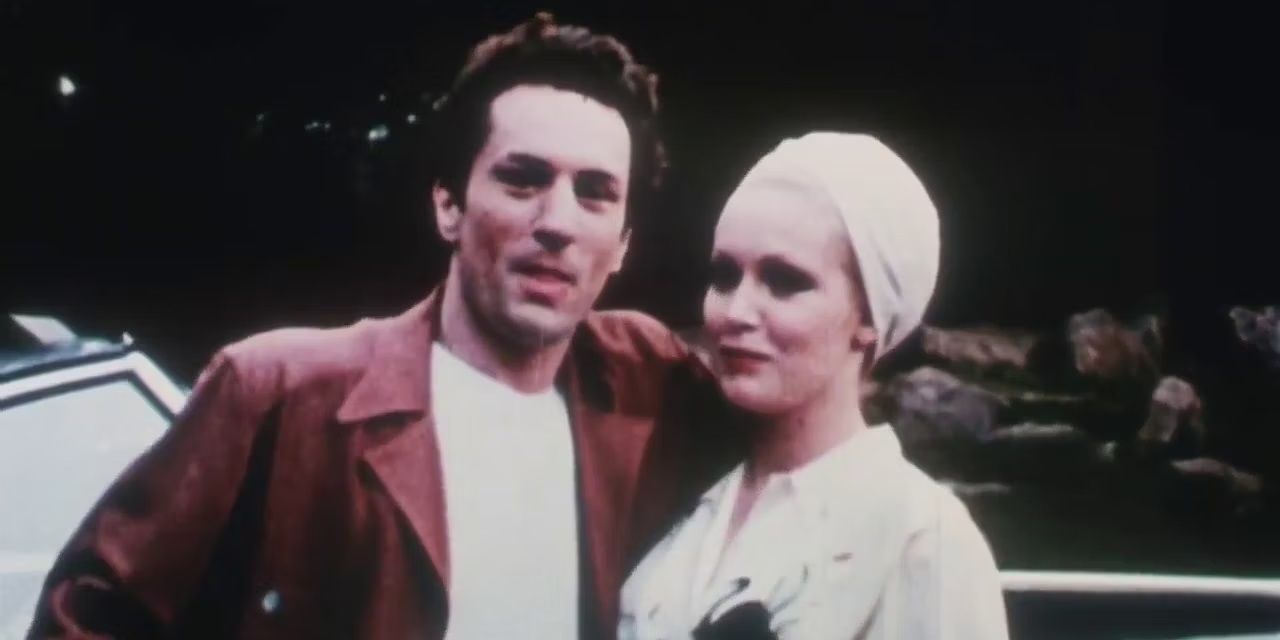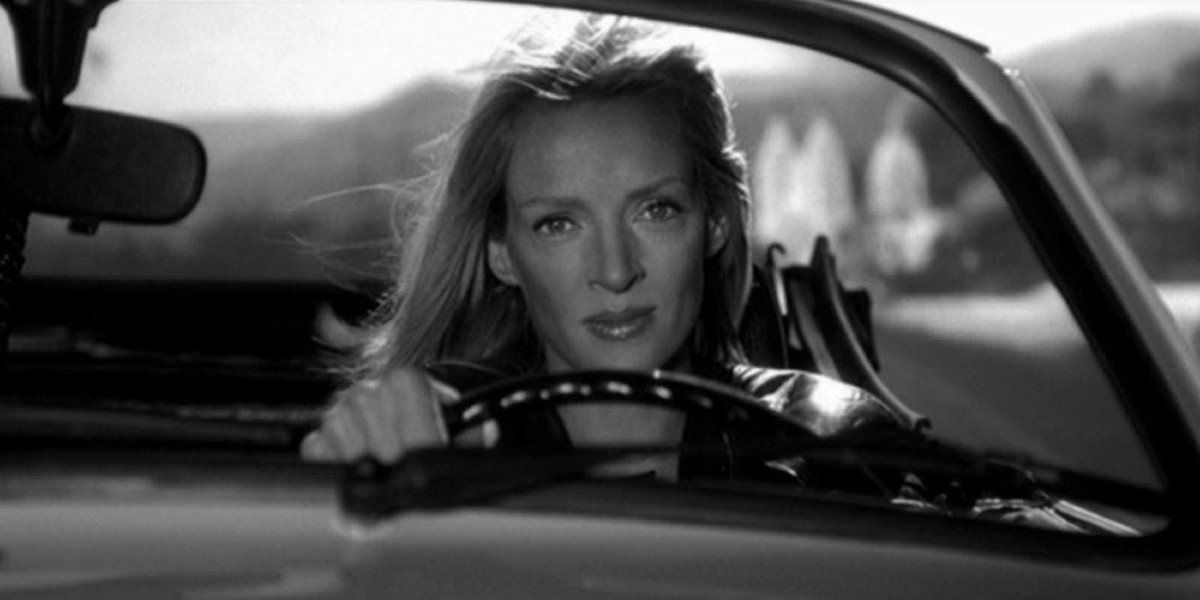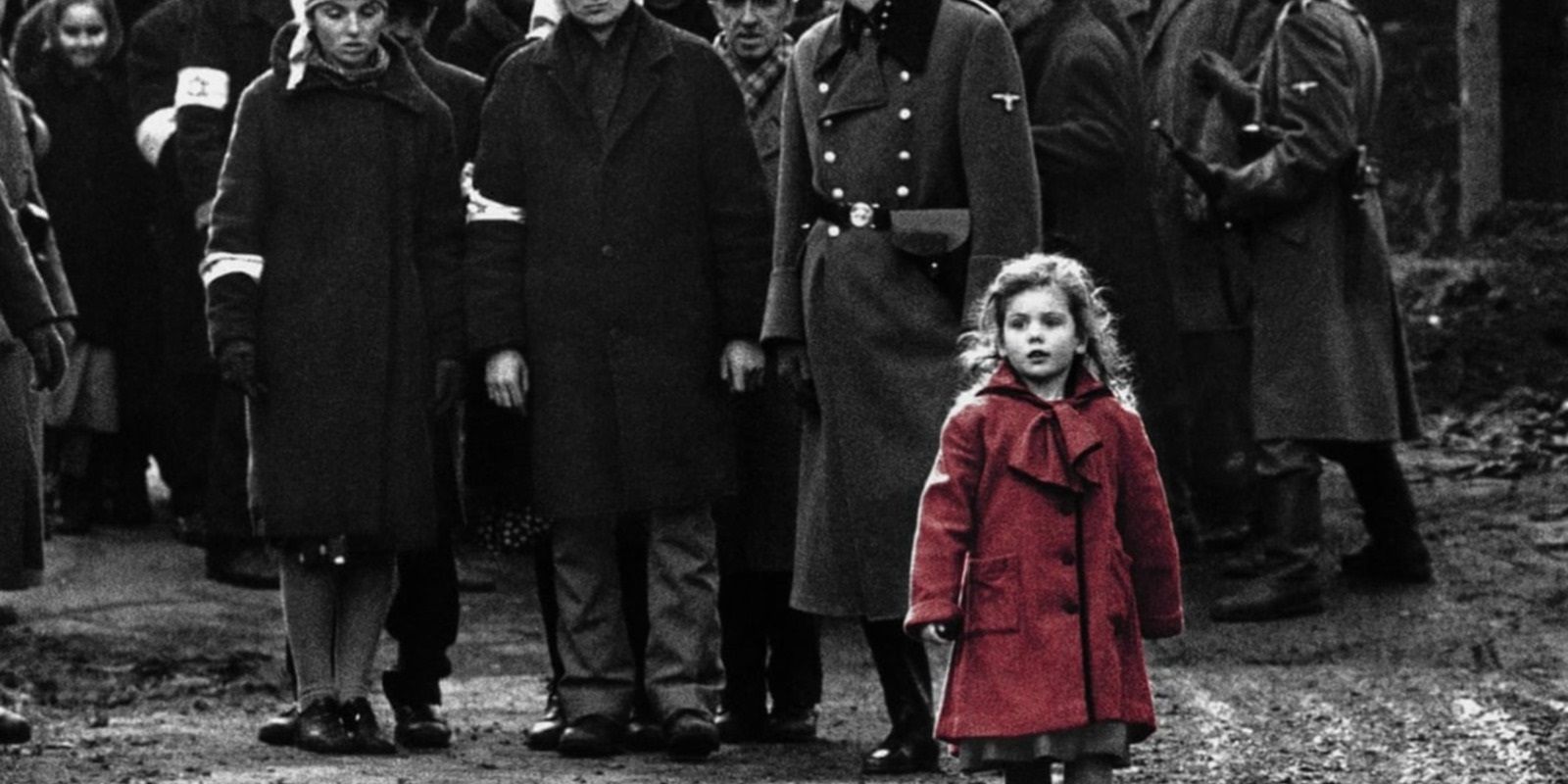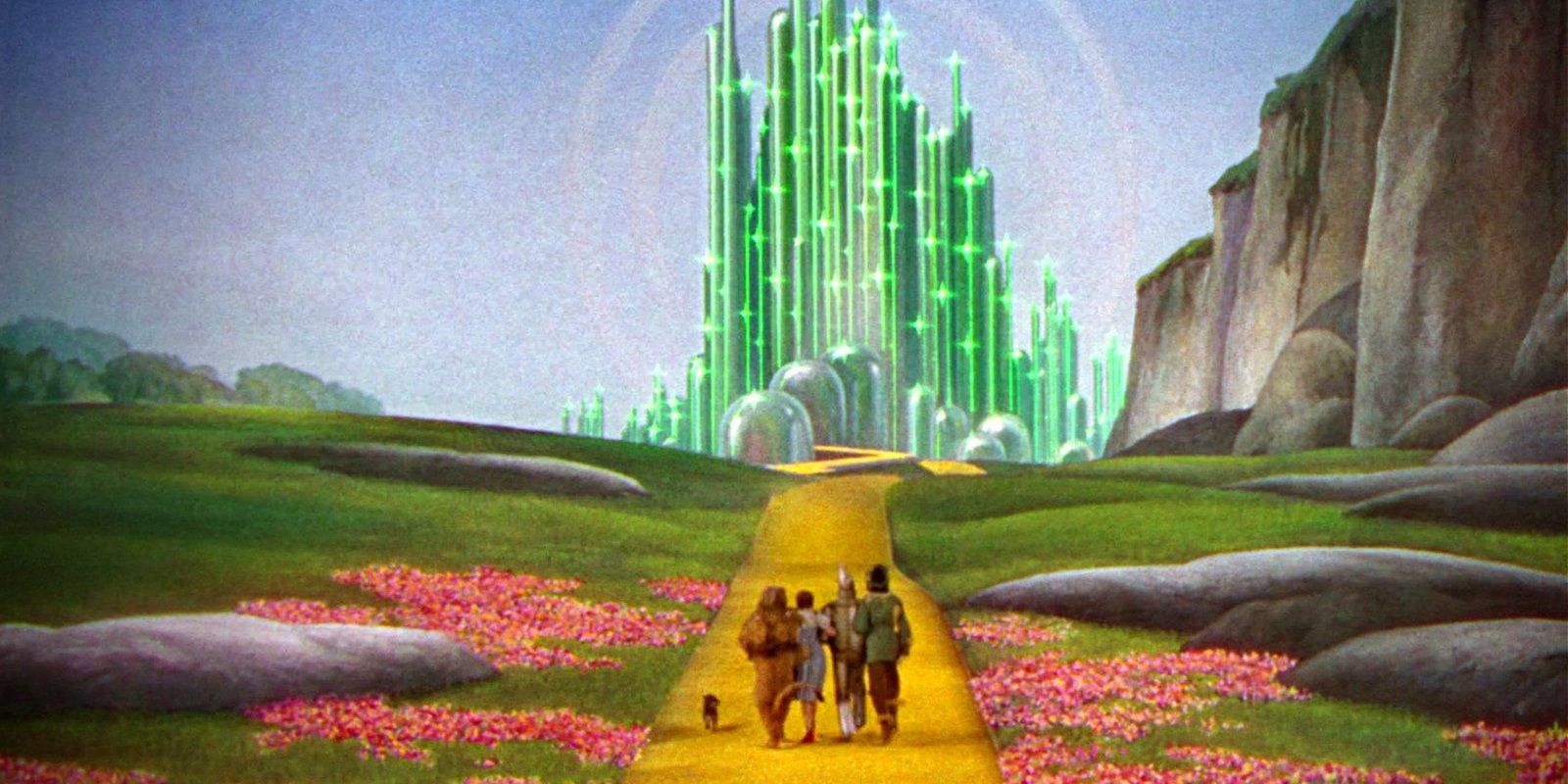Kevin Smith has recently returned to the world of his black-and-white directorial debut Clerks with the highly anticipated threequel, Clerks III. While Clerks III is in color and not in black-and-white, the film-within-a-film by Dante and Randal is shot in black-and-white, so the movie switches between the two formats. The last Clerks movie, Clerks II, similarly cuts between color and black-and-white.
From Raging Bull to Schindler’s List to The Wizard of Oz, some of the greatest movies ever made have featured scenes in both black-and-white and color.
Clerks II (2006)
Kevin Smith shot the entirety of the first Clerks movie in black-and-white because he funded the production independently and black-and-white film is a lot cheaper than color. When Smith returned to the Quick Stop for a sequel over a decade later, he made the switch to color.
But before Clerks II gets into full swing, it opens with a scene in black-and-white paying homage to the original film. Dante arrives at the Quick Stop like any other day, only to find that it’s on fire.
Pleasantville (1998)
Gary Ross satirized 1950s values with his underappreciated fantasy comedy Pleasantville. Tobey Maguire and Reese Witherspoon star as a pair of ‘90s teenagers who find themselves trapped in the black-and-white world of an old ‘50s TV show.
According to a piece in American Cinematographer, Pleasantville was the first movie to scan and digitize footage for the purposes of manipulating the colors.
Natural Born Killers (1994)
Oliver Stone’s satirical thriller Natural Born Killers uses mind-bending visuals to peddle its gonzo lampoon of the media’s glorification of celebrity criminals. True-crime reporter Wayne Gale is seen as the Devil and there are a bunch of bizarre cutaways to a red-eyed dragon.
The movie’s color palette also switches between saturated color and dull black-and-white in the blink of an eye in the midst of its frenzied, blood-soaked action sequences.
Memento (2000)
Christopher Nolan wouldn’t become a household name until he reinvented Batman on the big screen, but he first put himself on the map with his twisty psychological thriller Memento. Guy Pearce stars as an amnesiac man trying to solve his wife’s murder.
In telling his complicated nonlinear story, Nolan used black-and-white to tell the forward-moving narrative and color to convey the plot threads going in reverse order.
Belfast (2021)
Last year, Kenneth Branagh scored his biggest critical hit in years with his deeply personal coming-of-age gem Belfast. Inspired by Branagh’s own upbringing, the film focuses on a young boy’s childhood in the titular Irish city against the harrowing backdrop of The Troubles in 1969.
The movie opens in color with establishing shots of Belfast as it is today, over two decades after the end of The Troubles, before going into black-and-white for the ‘60s-set main narrative. Whenever Buddy goes to the movies, the wondrous images on the silver screen are reflected in color.
The Purple Rose Of Cairo (1985)
Woody Allen’s fantastical romcom The Purple Rose of Cairo tells the whimsical, lighthearted tale of a character from a black-and-white film stepping through the screen into the real world to pursue a romance with a movie lover in the audience.
The movie is a witty, charming, unique love story that uses its blend of black-and-white and color film to blur the line between reality and fantasy.
Raging Bull (1980)
Martin Scorsese’s harrowing warts-and-all biopic of temperamental boxer Jake LaMotta, Raging Bull, was largely shot in black-and-white. The monochromatic color scheme pairs perfectly with both the minimalist domestic scenes and the deeply cinematic fight scenes.
But there’s a LaMotta family home movie montage in the middle of the movie shot on Super 8 with washed-out colors. These home movies represent the beginning of the end before Jake’s anger drives his family away.
Kill Bill (2003-2004)
The two-part martial arts epic Kill Bill is one of Quentin Tarantino’s most ambitious and imaginative movies. It has elements of film noir, blaxploitation, and spaghetti western. One of the many stylistic flourishes in the movie is its regular switches between black-and-white and color.
Both volumes open in black-and-white, Volume 1 with the Bride being left for dead and Volume 2 with the Bride recapping the events of Volume 1. Plus, in the action-packed House of Blue Leaves massacre set-piece, Tarantino switches to black-and-white to limit the amount of red on the screen.
Schindler’s List (1993)
Steven Spielberg’s Schindler’s List is one of the definitive cinematic portrayals of the horrors of the Holocaust. The majority of the movie is shot in black-and-white, but it opens and closes in color. It opens on a pair of hands lighting a candle for the Sabbath and closes with many of the surviving Schindlerjuden and the actors playing them laying stones on Schindler’s grave.
There’s also the iconic image of the girl in the red coat. This red coat helps to individualize the widespread devastation as audiences are shocked when they spot the girl in a pile of bodies.
The Wizard Of Oz (1939)
Perhaps the most famous example of a movie shot in both color and black-and-white is The Wizard of Oz. In the early days of Technicolor, director Victor Fleming used black-and-white to introduce Dorothy Gale’s humdrum life on a Kansas farm with her Uncle Henry and Aunt Em.
Then, when Dorothy is whisked away to the merry old land of Oz, Fleming switches to color to bring the dazzling fantasy realm to life.

